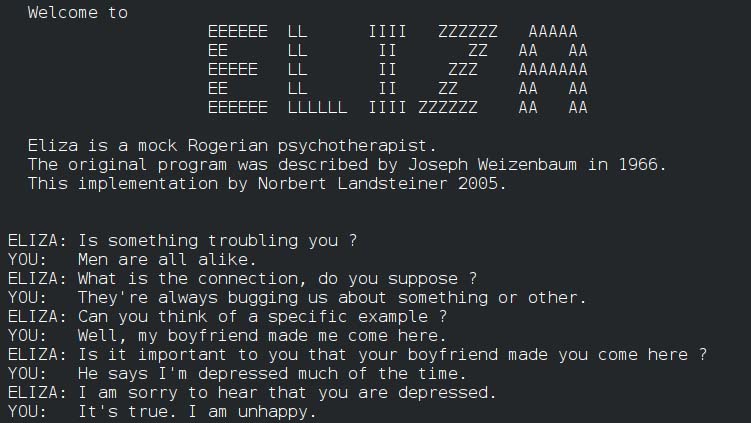Today, we’ll take you on a fascinating journey through the history of AI in content creation. We’ll explore the development of AI generated content from its humble beginnings to the sophisticated algorithms we see today. As we delve into this exciting world, we’ll make sure to keep the tone friendly and informative, so you can easily understand the subject matter.
Early Beginnings: ELIZA and Simple Algorithms
Our story begins in the 1960s with ELIZA, an early natural language processing computer program created by Joseph Weizenbaum. Though quite rudimentary compared to modern AI, ELIZA laid the groundwork for future developments by demonstrating the potential for computer-generated human-like interaction.
As time went on, more advanced algorithms and techniques emerged, such as keyword stuffing and simple text spinning. These early methods helped content creators automate some aspects of writing but lacked the finesse and nuance that human writers possess.
The Rise of Machine Learning and Natural Language Processing
The development of machine learning and natural language processing (NLP) technologies in the late 20th and early 21st centuries marked a significant milestone in the evolution of AI generated content. Machine learning algorithms began to understand and generate human language more effectively, opening up new possibilities for automated content creation.
During this period, AI generated content saw improvements in grammar, style, and structure, making it increasingly difficult to distinguish from the human-written text.
The Emergence of Advanced Language Models: GPT and Beyond
The introduction of transformer-based language models, such as OpenAI’s GPT (Generative Pre-trained Transformer) series, further revolutionized AI generated content. These models, trained on vast amounts of text data, have the remarkable ability to understand context, generate coherent sentences, and even mimic writing styles.
With each iteration of the GPT series, AI generated content has become more sophisticated, enabling it to blend seamlessly with human-written content. The most recent version, GPT-4, has pushed the boundaries even further, leading to the creation of high-quality, engaging, and persuasive content.
The Impact on Content Creation and Marketing
AI generated content has transformed the content creation landscape, offering numerous benefits such as increased efficiency, lower costs, and improved scalability. Content marketers can now generate large volumes of content quickly and easily, making it possible to keep up with the ever-growing demand for fresh, relevant material.
However, it’s essential to remember that AI generated content should be used responsibly and ethically. Combining the power of AI with human creativity and expertise will ensure that content remains engaging, valuable, and authentic.
Conclusion
The evolution of AI in content creation has been a remarkable journey. From the early days of ELIZA and simple algorithms to the cutting-edge GPT series, AI generated content has come a long way. As we continue to develop more advanced AI systems, it’s important to remember the importance of ethical, responsible use, and the ongoing collaboration between humans and machines. Together, we can unlock the full potential of AI generated content and shape the future of content creation.




Very interesting!
Can’t wait for the next ones. 🙂
Hi Samira, thank you for reading the article and finding it interesting. I will keep you updated for the next ones so you can read and enjoy them 🙂